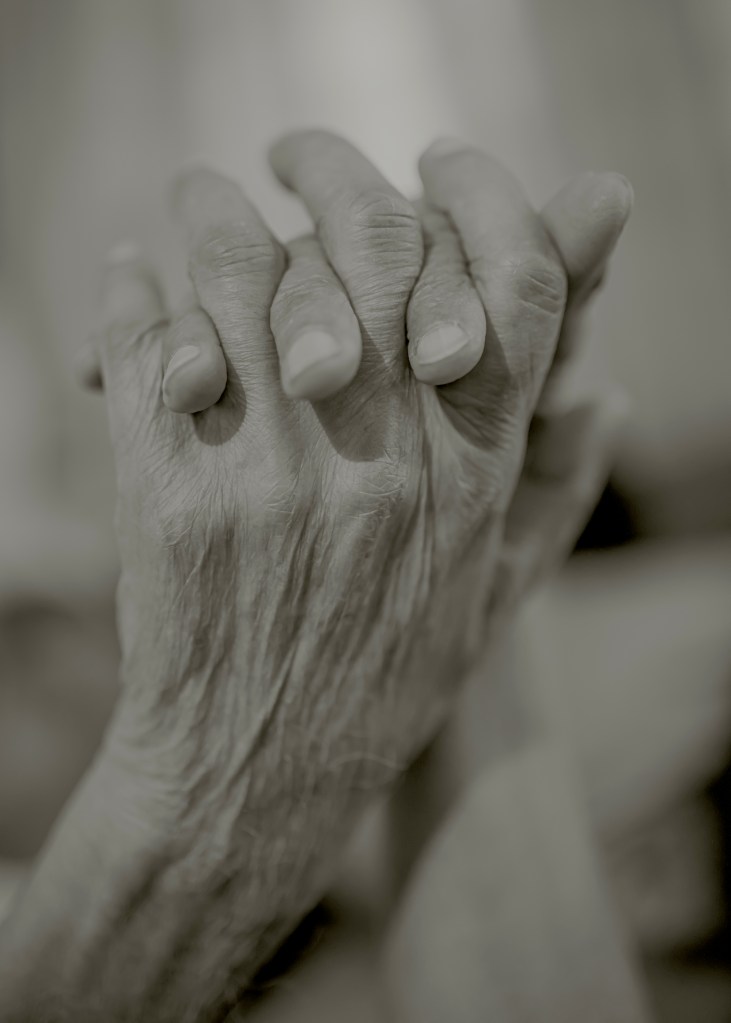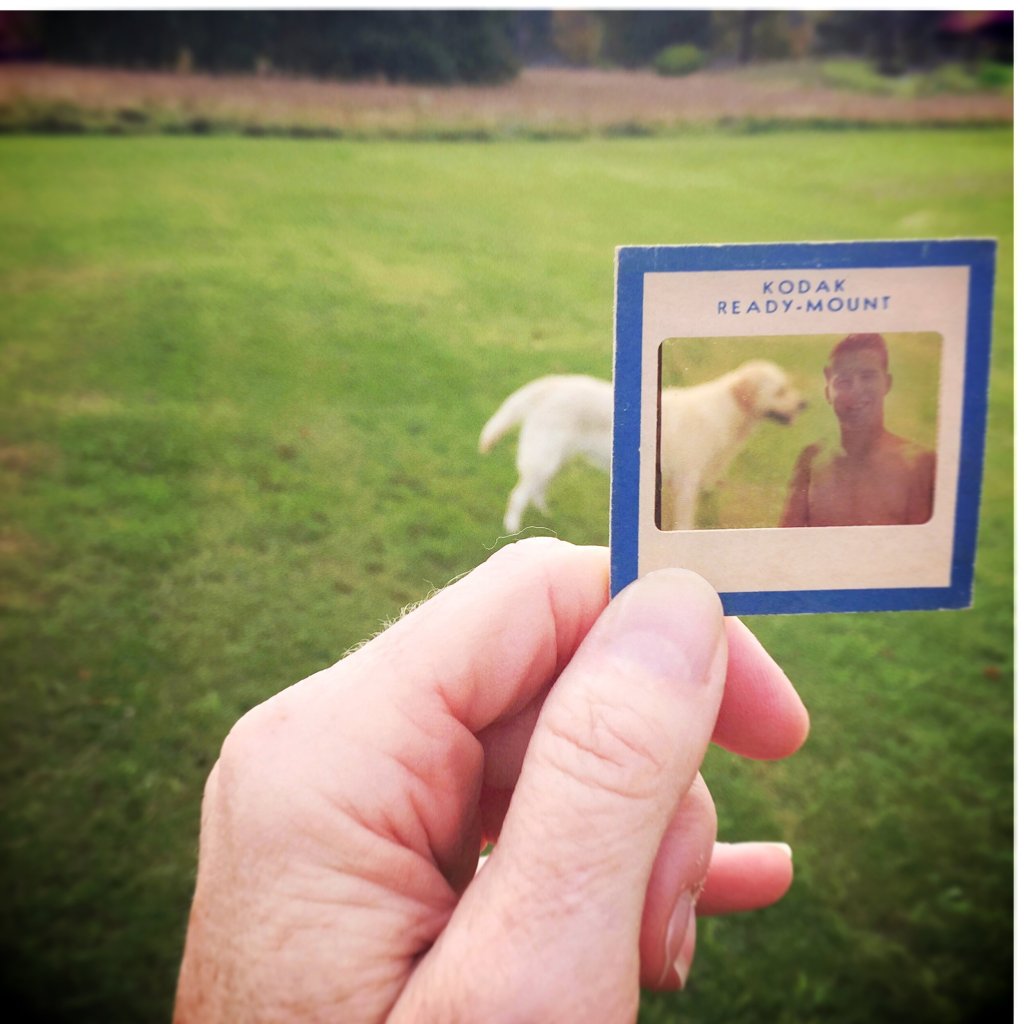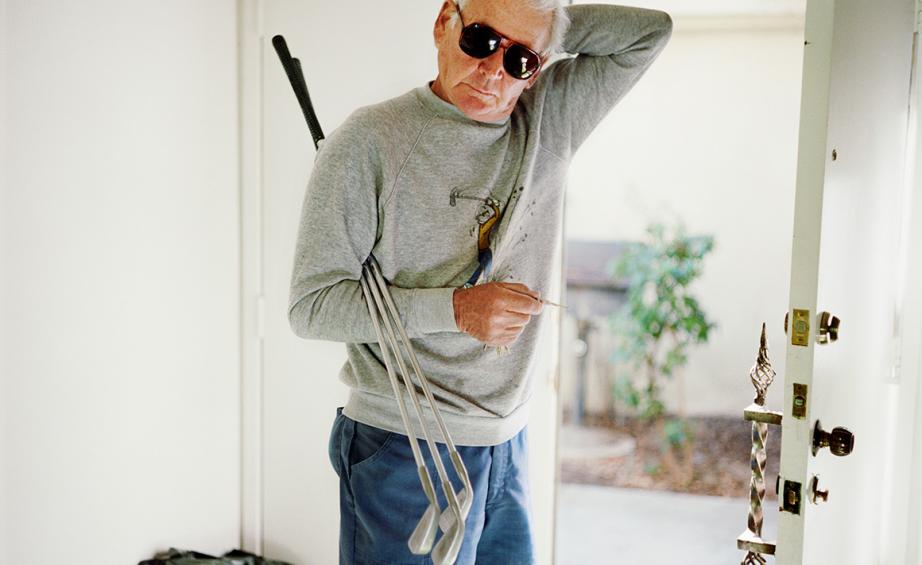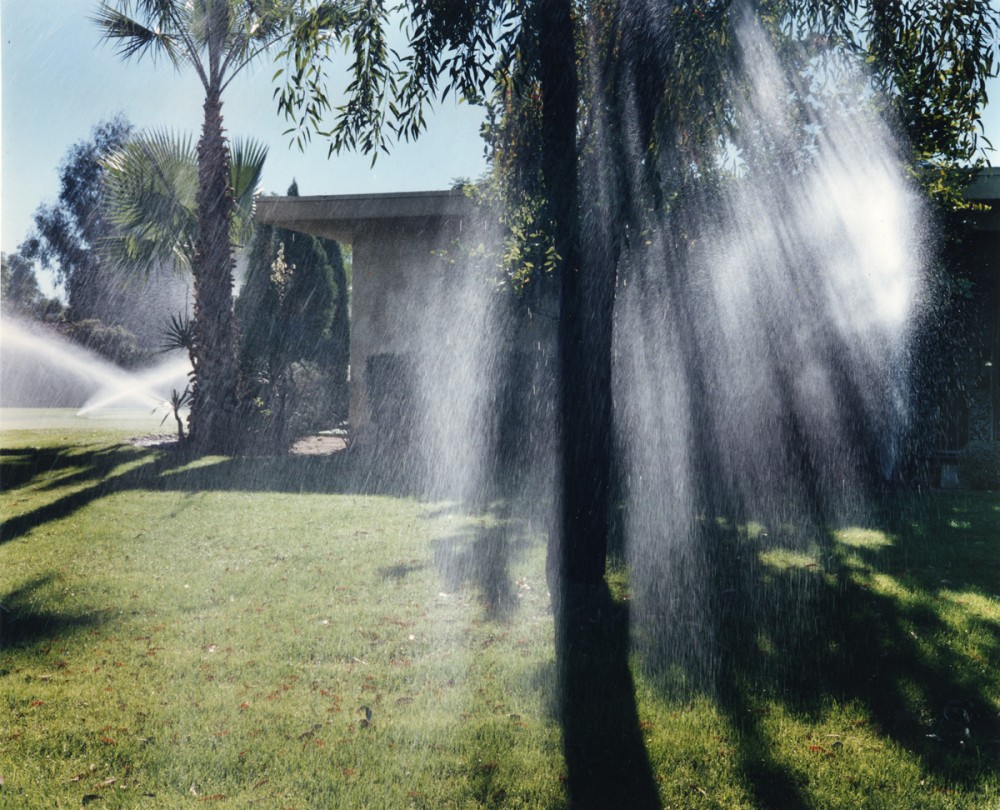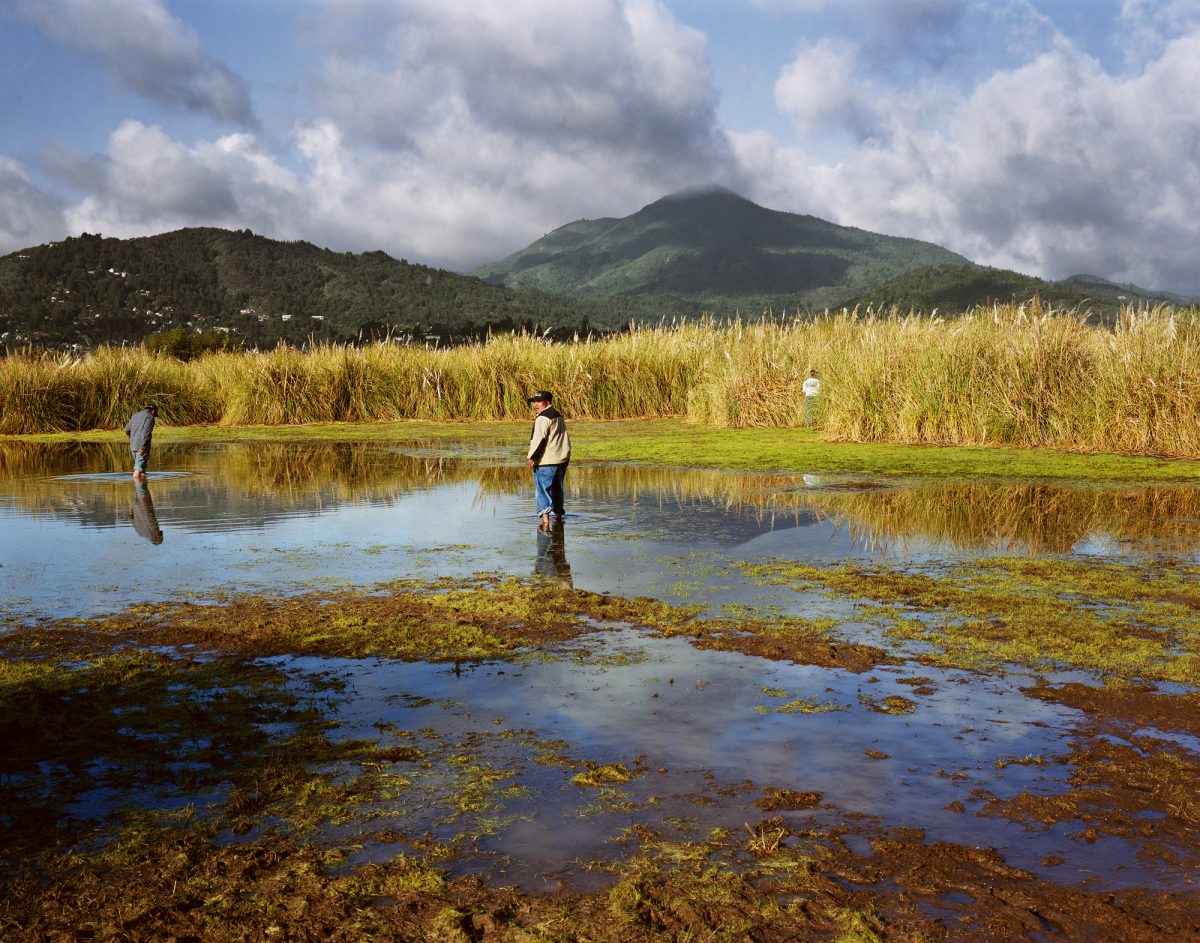This work by Kawauchi was produced during lockdown and was one of the pieces of work discussed in our recent Zoom with Arpita Shar. It was the work I initially liked least – so I decided to give it a chance and look at it slowly (as suggested by Marta Grabowska) (Grabowska, 2020) and also examine it using the steps suggested in the book Ways of Looking by Ossian Ward (Ward, 2014).
Grabowska’s article is mainly about looking at art works in a museum – where there is a tendency (and I admit, one I am guilty of) to rush around looking at everything and seeing nothing. She talks about the book Seeing Slowly, looking at Modern Art by Michael Findlay which is now on my reading list. Her main point is to give the piece of work time. Look at it before you read about it. Ask yourself questions about it. Try and connect with the work in an emotional, spiritual and sensory way as well as an intellectual way.
Ward suggests looking at any contemporary work using a tabula rasa, a blank slate approach and gives this guide:
- T = time – stand still and take stock for 5 breaths
- A = association – can I relate to it personally?
- B = background – is there a backstory, a clue in the title or where the artist comes from?
- U = understand – what is the artist trying to tell you?
- L = look again- what have you missed?
- A = assessment – what do you now think?
So, using a combination of these methods what do I really think?

The work, as shown in the article, consists of 9 images. On first glance they are not linked in any way but on looking harder and for longer they are all about light and life. Some are downright odd. What is that grey shape against the trees? Is it dust? Is it water? Is it the spray from a fountain or someone watering plants? As I look at it, it changes. A polar bear pouncing on prey. A ghost of my cat (long dead). Another – a beam of light coming through the trees, split into multiple colours. A ray of beauty against the darkness. On looking at it for some time I am tempted to print it off and hang it over my desk to give me something to stare at when I am stressed and tired. A picture of a young girl walking away from you, taken against the light, or rather though the light. Mist, mystical, mysterious. Who is she? Where is she going?
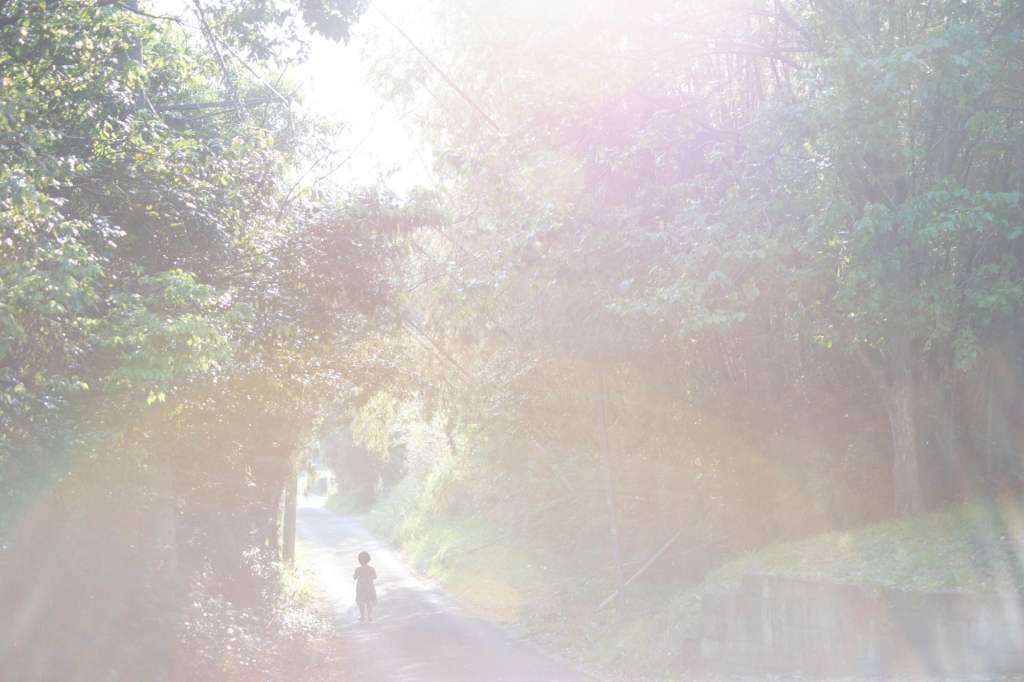
Kawauchi is a Japanese photographer whose many books all talk about light. One is even called Illuminance (Kawauchi and Chandler, 2011). Like this short series it gives pictures that have no obvious explanation, bursts of light, ones that would be easy to discard as a ‘failed image’, a ‘mistake’. Others show odd details, the end of a lit cigarette. A fly. Others that expound life in its glory and mess – from a baby’s toes to the moon.
In her written explanation of Keeping the Fire Going she says ‘I clicked the shutter button when I felt inclined to; I didn’t have a particular theme in mind…..throughout history, calamities of various forms… have threatened us. But in spite of that history, here I stand, now. I have to keep this little fire in my chest going’ (Kawauchi, 2020).
So – I started by not liking/appreciating these images at all. By looking at them slowly, thinking about them, considering them in a sensory way, they have become the series that holds the most importance to me. The one I will look at again and again.
References:
Grabowska, M. (2020) The Art of Slow Looking by Marta Grabowska. At: https://toolboxtalksldn.wixsite.com/website/post/the-art-of-slow-looking-by-marta-grabowska (Accessed 28/09/2020).
Kawauchi, R. (2020) ‘Keeping the fire going: a visual response to coronavirus’ In: The Guardian 19/06/2020 At: http://www.theguardian.com/artanddesign/2020/jun/19/keeping-the-fire-going-a-visual-response-to-coronavirus (Accessed 28/09/2020).
Kawauchi, R. and Chandler, D. (2011) Illuminance. Aperture. New York.
Ward, O. (2014) Ways of Looking: How to Experience Contemporary Art. Laurence King Publishing. London.


